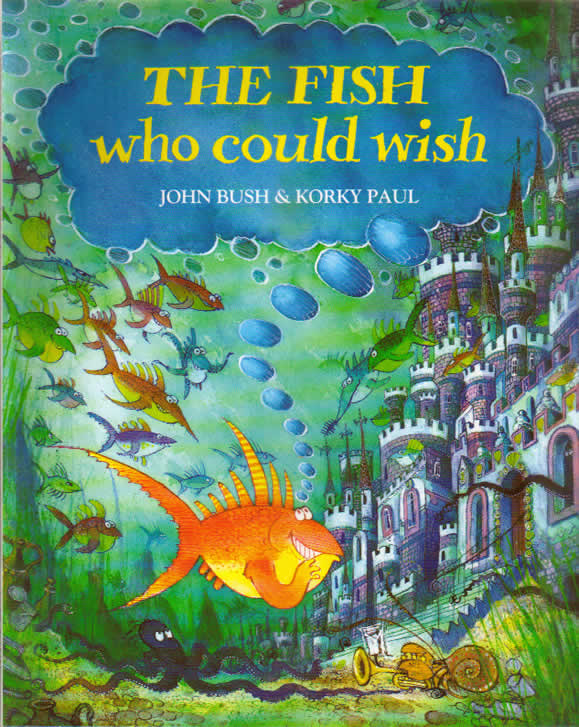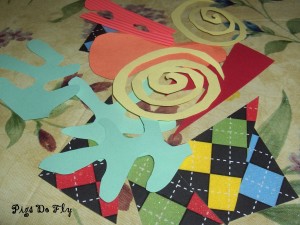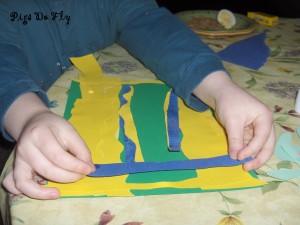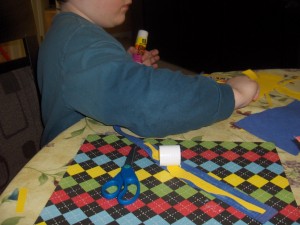Dramatic play is pretend or make believe play where children use objects and roles in imaginative and realistic ways. Children think, speak, and act symbolically and in conjunction with others. Each child takes cues from his partner in sociodramatic play and responds accordingly. It provides children with skills that will be used later in life.Â
Â
Benefits of Dramatic Play
Â
Cognitive Development
             Learn to represent thought symbolically
             Focus attention and concentrate
             Acquire concepts
             Hypothesize, test and revise concepts
             Imagine Possibilities
             Use Divergent Thinking
             Problem Solve
             Discover mathematical and scientific concepts (classification, seriation and measurement)
             Understand economics
             Learn about adult roles and careers
             Think strategically
             Develop Sequential Memory
Â
Social and Emotional Development
             Develop friendships
             Take turns, cooperate, and share
             Listen to others
             Share perspective of others
             Communicate appropriately
             Collaborate with peers
             Negotiate, renegotiate and resolve conflicts
             Adapt behavior to group goals
             Explore and express feelings
             Manage stress
             Cope with unrealizable desires
             Postpone gratification
             Respect themselves and others
Â
Physical Development
             Fine and gross motor skills
             Balance
             Coordination
             Eye-hand coordination
             Flexibility
             Command of their bodies
             Perceptual motor development
             Spatial and distance awareness
             Physical competence and security
            Â
Language and Literacy Development
             Communicate meaning
             Practice conventional speech
             Develop narrative language
             Create a meaningful environment for the functional use of literacy
             Act out stories that enhance story sequence, story sense, and language use
             Use situation specific language
             Use oral and written language in realistic ways
             Use language for critical thinking and problem solving
             Use language to organize and structure activities
             Develop various forms of communication
             Increase vocabulary
Â
Creativity
             Express originality in thinking
             Explore possibilities
             Add to and change environment in their own ways
             Think divergently, generating a variety of responses to different situations
             Use both divergent and convergent thinking in creative process
             Make connections between previous experiences
             Respond to stimuli in unique ways
             Explore and play with ideas
             Test and evaluate their skills
             Develop and experimental attitude
             Develop curiosity
Â
Academic Success
             Enhance memory
             Score higher on tests of imagination and creativity
             Develop longer attention spans
             Cooperate with others
             Follow rules
             Represent objects and ideals symbolically (reading skill)
             Learn to concentrate
             Use symbol systems (math skill)
             Engage in problem solving
             Develop autonomy
             Become risk takers
             Practice decision making
             Think imaginatively












